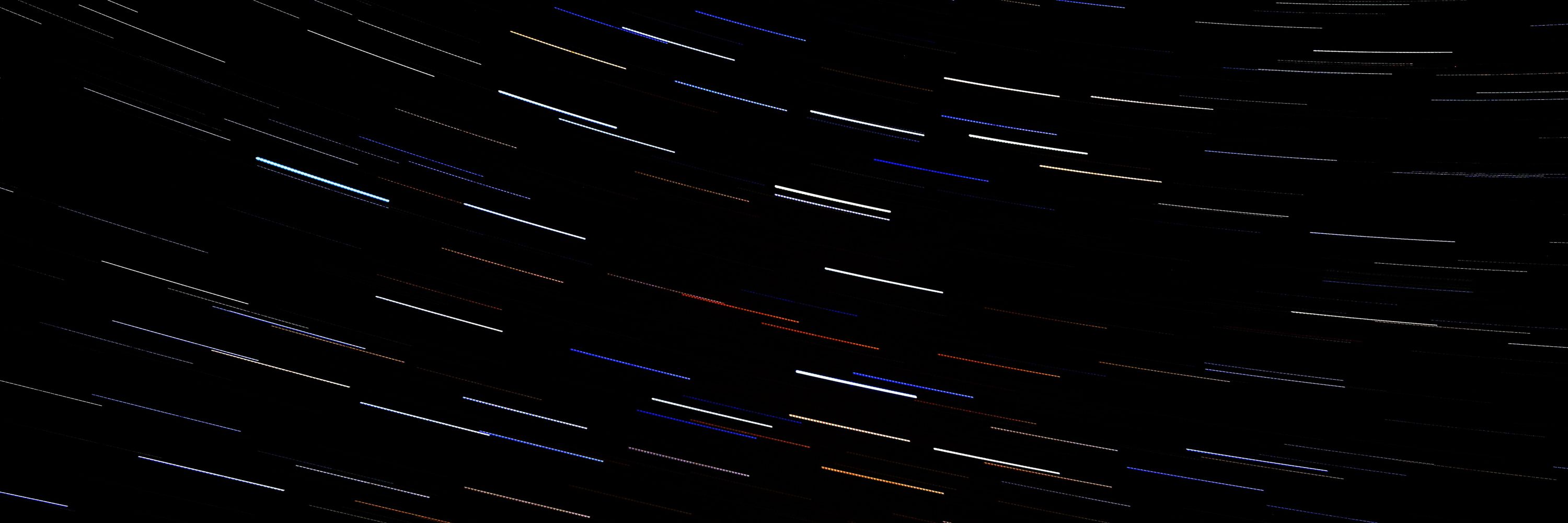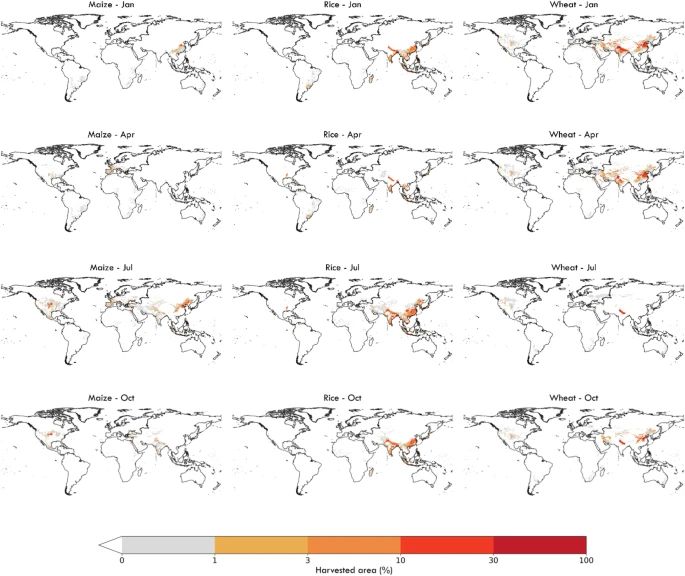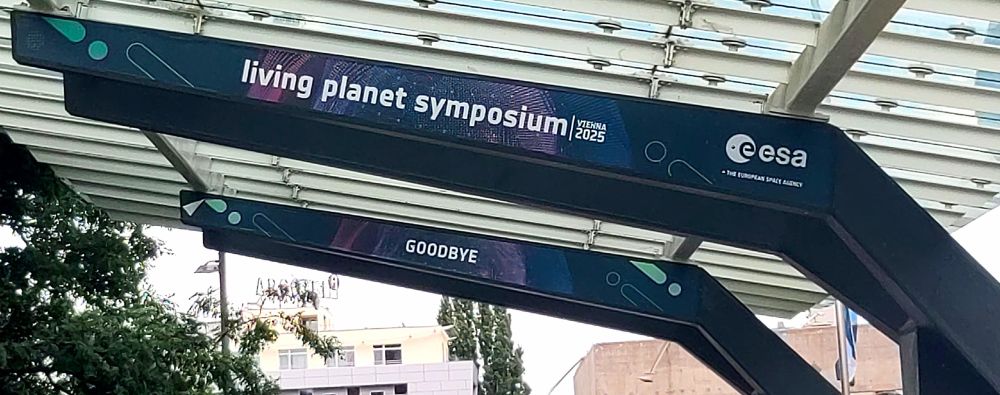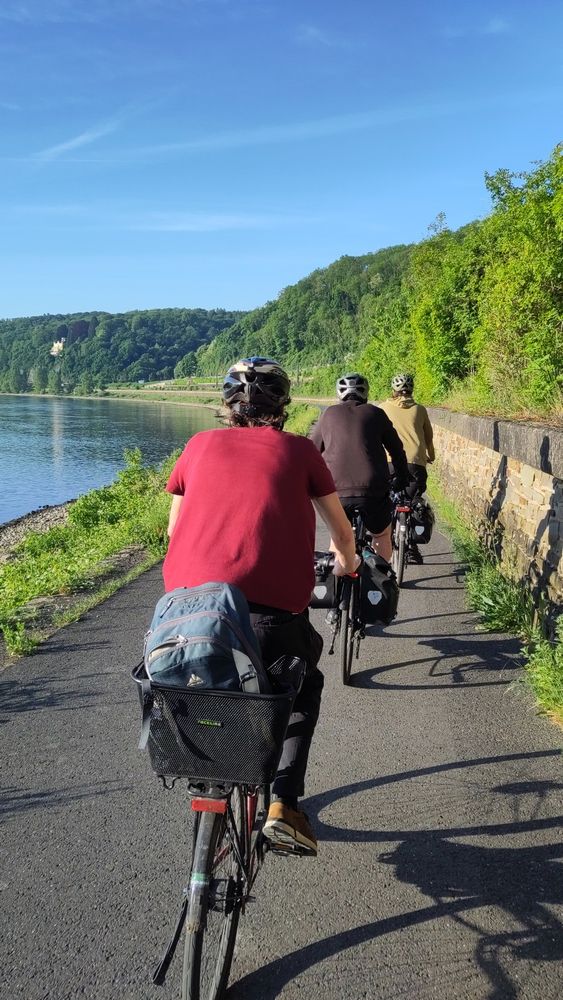
Ben Gutknecht
@geophysx.bsky.social
43 followers
64 following
19 posts
Geophysicist, geodesy, global water cycle, sealevel, tectonics, GRACE/-FO, gravimetry, spaceflight, science-to-music converter. Researcher at UBonn. Views are my own.
Posts
Media
Videos
Starter Packs
Reposted by Ben Gutknecht
Reposted by Ben Gutknecht
Reposted by Ben Gutknecht
Ben Gutknecht
@geophysx.bsky.social
· Sep 8
Ben Gutknecht
@geophysx.bsky.social
· Sep 8
Ben Gutknecht
@geophysx.bsky.social
· Sep 8
Ben Gutknecht
@geophysx.bsky.social
· Jul 15
Ben Gutknecht
@geophysx.bsky.social
· Jun 26
Ben Gutknecht
@geophysx.bsky.social
· Jun 22
Ben Gutknecht
@geophysx.bsky.social
· Jun 16
Ben Gutknecht
@geophysx.bsky.social
· May 7

















